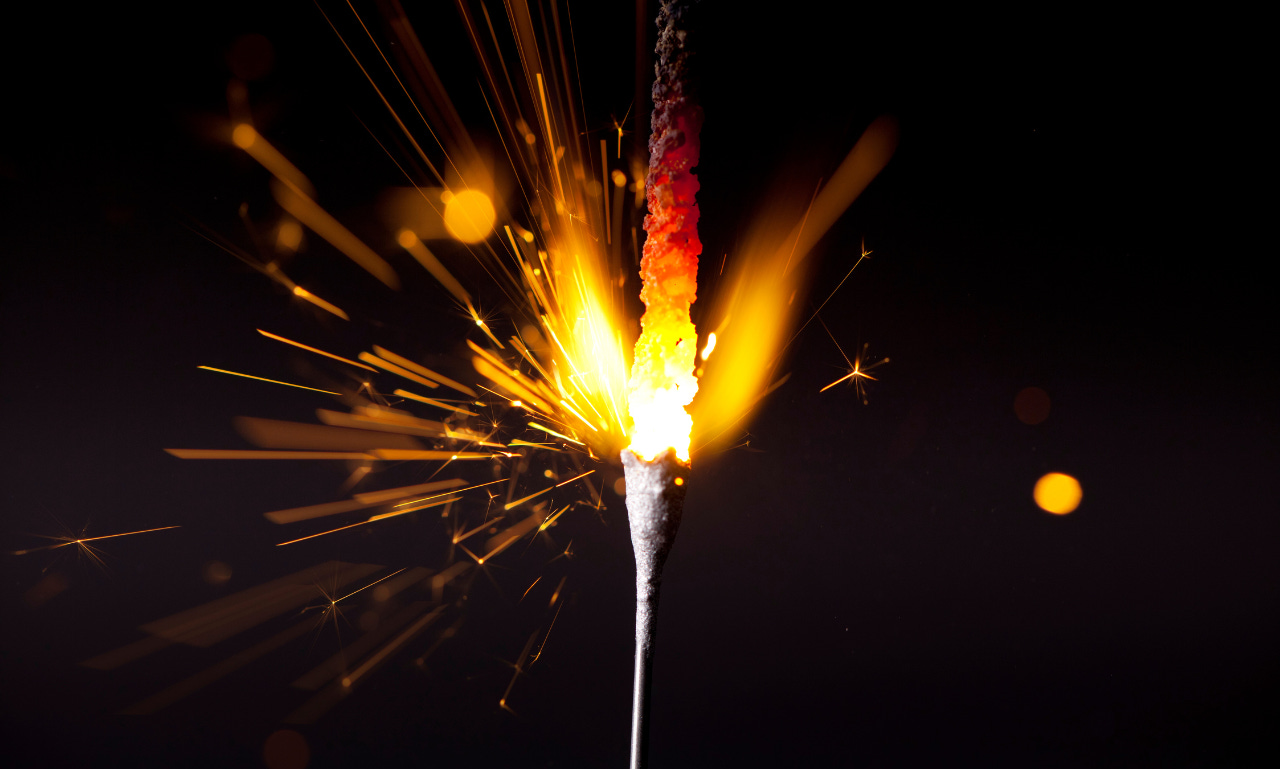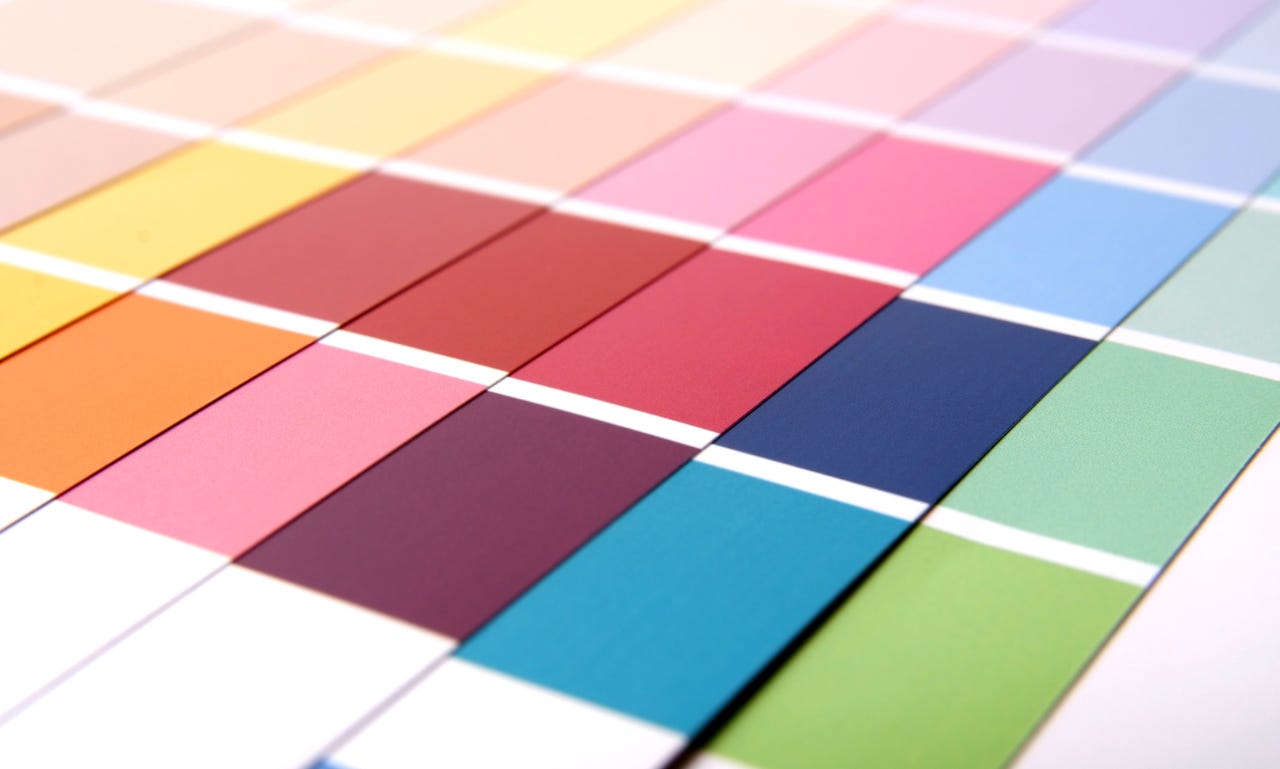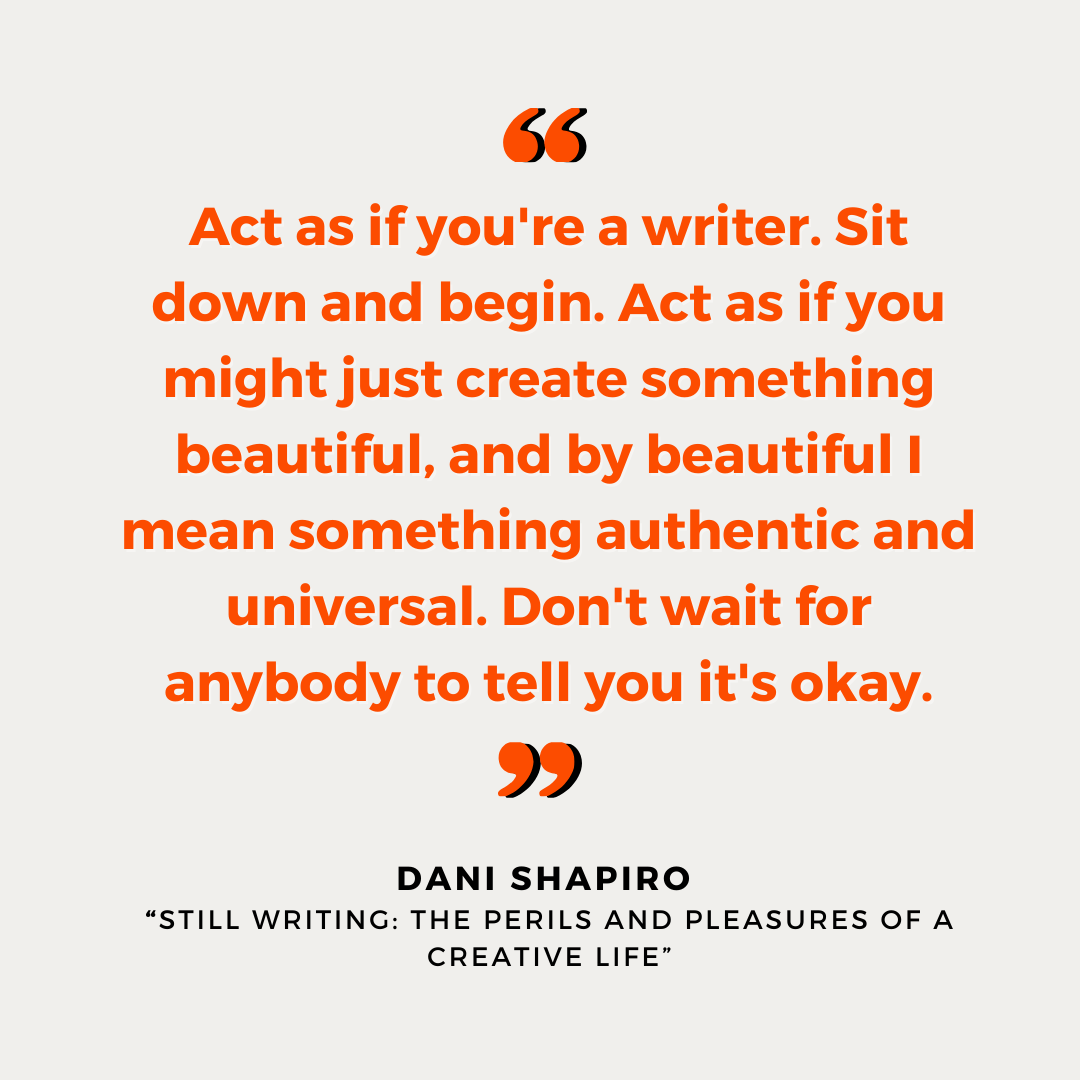Issue #12: Sparks and colours
On what ignites your creativity, the impact of colour on your brain, and some writing prompts
Oh hi there! Nice to see you.
As I write this, it’s a cool, misty August morning, which makes it feel like fall is not far off. Think: hearty soups, leaves underfoot, a jauntily tied scarf. Despite the fact there are still weeks of soggy summer yet to come, I am feeling the pull of September’s new-year energy. Time to spruce up my writing space to its maximum hygge-ness.
In issue #12:
Essay: It all starts with a spark
Exercise: Colour your writing world
Writing prompts in English and French: In living colour
I’m trying a different approach with prompts in this issue – they’re less scenario- or plot-based, and more exploratory and reflective. I hope they inspire you.
Let’s have a cup of pumpkin-spice something and talk writing.
It all starts with a spark
Photo by eyedpress for Getty Images Pro / Canva
‘”Begin at the beginning,” the King said, very gravely, “and go on till you come to the end: then stop.”’ ~ Alice’s Adventures in Wonderland, Lewis Carroll
This straightforward approach to storytelling doesn’t describe my writing process. Most of the time, it’s a little spark of a concept, a bit of dialogue, or an irresistible image that gets my fingers flying over the keyboard. If I can’t get the image or the idea out of my head, I know there’s more I need to do with it.
Once I have a handle on that tiny scrap of an idea, I can start working with it, tumbling it around in my head or on paper, drawing out the threads of the story. The characters, the setting, the plot — everything emerges from that one bright spot of inspiration.
I suppose my writing has always started with a spark — something that ignites the story and gives it the energy to move forward. Rarely does that spark kick the story off, and it’s hardly ever perfect. Sometimes it doesn’t even make it past the second edit. Its job is to act as the catalyst that gets me moving forward on the story.
That’s why prompts and exercises make up a big part of my writing practice. Not every piece of writing generated by a prompt will go anywhere, but every so often, an ember starts to glimmer. I fuel it with care and focus, and let the story grow.
Some sparks I’m currently nurturing include:
A pack of coyotes roaming my neighbourhood
A drowning
A woman talking incessantly on the train
A boudoir photography session
I can’t wait to see where these ideas take me.
Writer Beverly Cleary said it best: “I don’t necessarily start with the beginning of the book. I just start with the part of the story that’s most vivid in my imagination and work backward and forward from there.”
What about you? Does a spark ignite your writing? Or is your approach more planned and methodical?
Maria
Exercise: Colour your writing world
Photo by mattjeacock from Getty Images Signature / Canva
Colour can influence how we think, feel, and create. Science tells us that different colours trigger different responses in the brain. So if you’re stuck in any stage of your writing, you might want to use colour to give your creativity, focus, or thinking a boost. Use this exercise to see how different coloured objects can support wherever you are in your writing journey.
Starting in the idea-generating stage, surround yourself with yellow or orange. Try it with sticky notes, a bright mug, or playful desk toys. These colours will make you feel energized, optimistic, and open to new possibilities.
If you’re in the research stage, try deep blue. Maybe a navy notebook, a blue pen, or even a calming photo of the ocean as your desktop background. Deep blue makes you feel focused, logical, and steady as you gather information.
When you’re drafting, make it green or soft blue. Decorate your desk with a leafy plant, a teal desk mat, or a turquoise water bottle. These colours help you feel balanced, calm, and able to keep the words flowing.
Are you deep in revisions? Purple or teal are your best bet. Look for colour-coded index cards, a purple pen, or a teal folder. You’ll feel imaginative, insightful, and able to see your work from new angles.
In the proofreading stage, focus your energy on the tiny details with red or gray. Use a red editing pen, gray mousepad, or neutral-toned notebook. It will make you feel alert, precise, and attentive to detail.
If you’re critiquing someone else’s work, go with green or soft pink. Accessorize your space with green folders, pink sticky notes, or a rose quartz paperweight. You’ll feel constructive, empathetic, and balanced in your feedback.
When you’re querying, set the tone with navy or silver. Your colour totems could be a silver pen, a metallic objet d’art, or a navy throw on your chair. These will help you feel professional, confident, and polished.
If you’re promoting your work, bring the drama with bold red or gold. Try it with a golden notebook, a red scarf, or shiny desk accents to help you feel confident, dynamic, and ready to shine.
Writing prompts: In living colour
Le français suivra l'anglais.
Here are some writing prompts inspired by different colours or coloured objects. Pick whichever one speaks to you.
Write a story, poem, or personal reflection that includes the following orange objects: a pumpkin, a goldfish, a traffic cone. (Alternatively, choose three objects in another colour of your choosing.)
How would you describe the room around you without using colour?
Write from the perspective of someone who has synesthesia — they might see letters in colours, or experience colours as sounds.
Imagine your characters have auras. What colour would each character’s aura be, and what would that mean?
Is there one colour you hate? Why?
Some tips:
Before you start, set a timer for 10 to 15 minutes. Keep writing until the timer dings. Avoid going back to re-read or edit your writing. Don’t aim for perfection; just keep going. After the timer dings, feel free to put your pen down and congratulate yourself on your mini-but-amazing writing achievement for the day. If you’re on a roll, don’t stop!
Did you come up with a variation on one of these prompts? Do share!
Suggestions d'écriture : En couleurs vives
Voici quelques suggestions d'écriture inspirées par différentes couleurs ou objets colorés. Choisissez celui qui vous parle.
Écrivez une histoire, un poème ou une réflexion personnelle qui inclut les objets orange suivants : une citrouille, un poisson rouge, un cône de signalisation. (Vous pouvez également choisir trois objets d'une autre couleur de votre choix.)
Comment décririez-vous la pièce qui vous entoure sans utiliser de couleurs ?
Écrivez du point de vue d'une personne atteinte de synesthésie : elle pourrait voir les lettres en couleurs ou percevoir les couleurs comme des sons.
Imaginez que vos personnages ont une aura. De quelle couleur serait l'aura de chaque personnage, et qu'est-ce que cela signifierait ?
Y a-t-il une couleur que vous détestez ? Pourquoi ?
Quelques conseils :
Avant de commencer, réglez une minuterie de 10 à 15 minutes. Continuez à écrire jusqu'à ce que le minuteur sonne. Évitez de revenir en arrière pour relire ou modifier votre texte. Ne visez pas la perfection ; continuez simplement à écrire. Une fois que le minuteur a sonné, n'hésitez pas à poser votre stylo et à vous féliciter d'avoir réussi à écrire une petite partie de votre journée. Si vous avez le vent en poupe, ne vous arrêtez pas !
Avez-vous imaginé une variante de l'une de ces suggestions ? N'hésitez pas à nous en faire part !
Translation provided by DeepL and my own meagre French skills. / Traduction assurée par DeepL et mes maigres compétences en français.
“Act as if you’re a writer. Sit down and begin. Act as if you might just create something beautiful, and by beautiful I mean something authentic and universal. Don’t wait for anybody to tell you it’s okay.” ~ Dani Shapiro, Still Writing: The Perils and Pleasures of a Creative Life
Photographic evidence of a writer on a train.
Thanks for reading this issue of Petits écrits / Tiny writings! I hope it inspired you in some way.
Did the essay resonate with you in some way? Did you complete one of these prompts? Go on and share it with another creative writer in your life!
PS: Subscribe if you haven’t already.
Copyright 2025 © Maria Hypponen. All rights reserved.







I like the idea of "sparks." There is a "hymn" (a modern one, and generic) entitled, "It only takes a spark." Some of my sparks are a little hearkening back to where I grew up (I now live 800-ish miles south of there); some are memories of what's occurred while raising children over the past four decades; others are random interesting ideas that "wandered in the open door" of my mind. :)
Beverly Cleary's method could be what in Latin is called In Medias Res (in the center of the action).